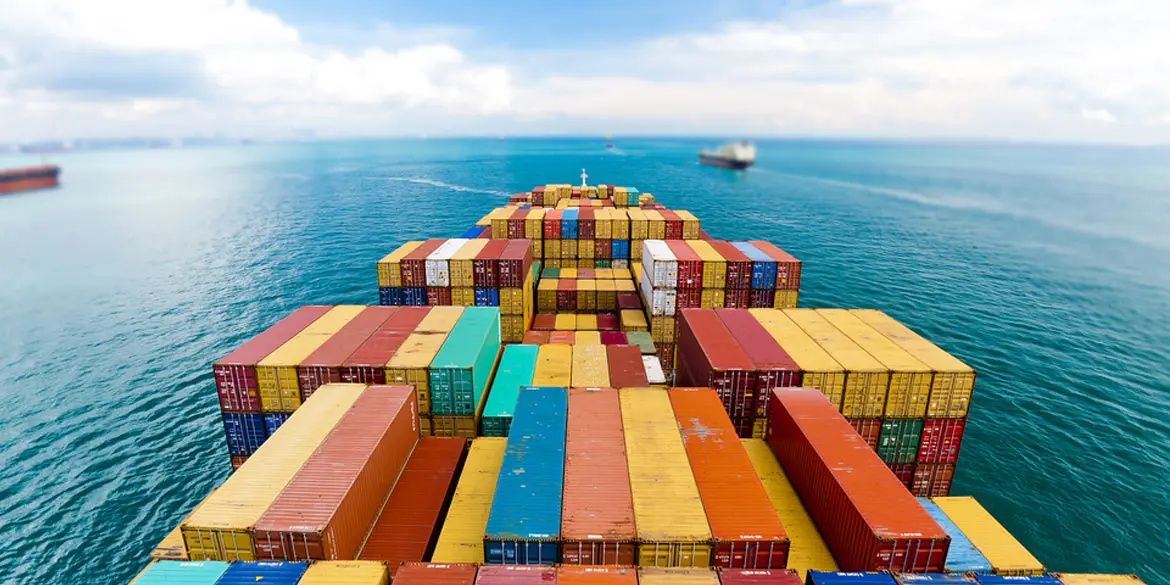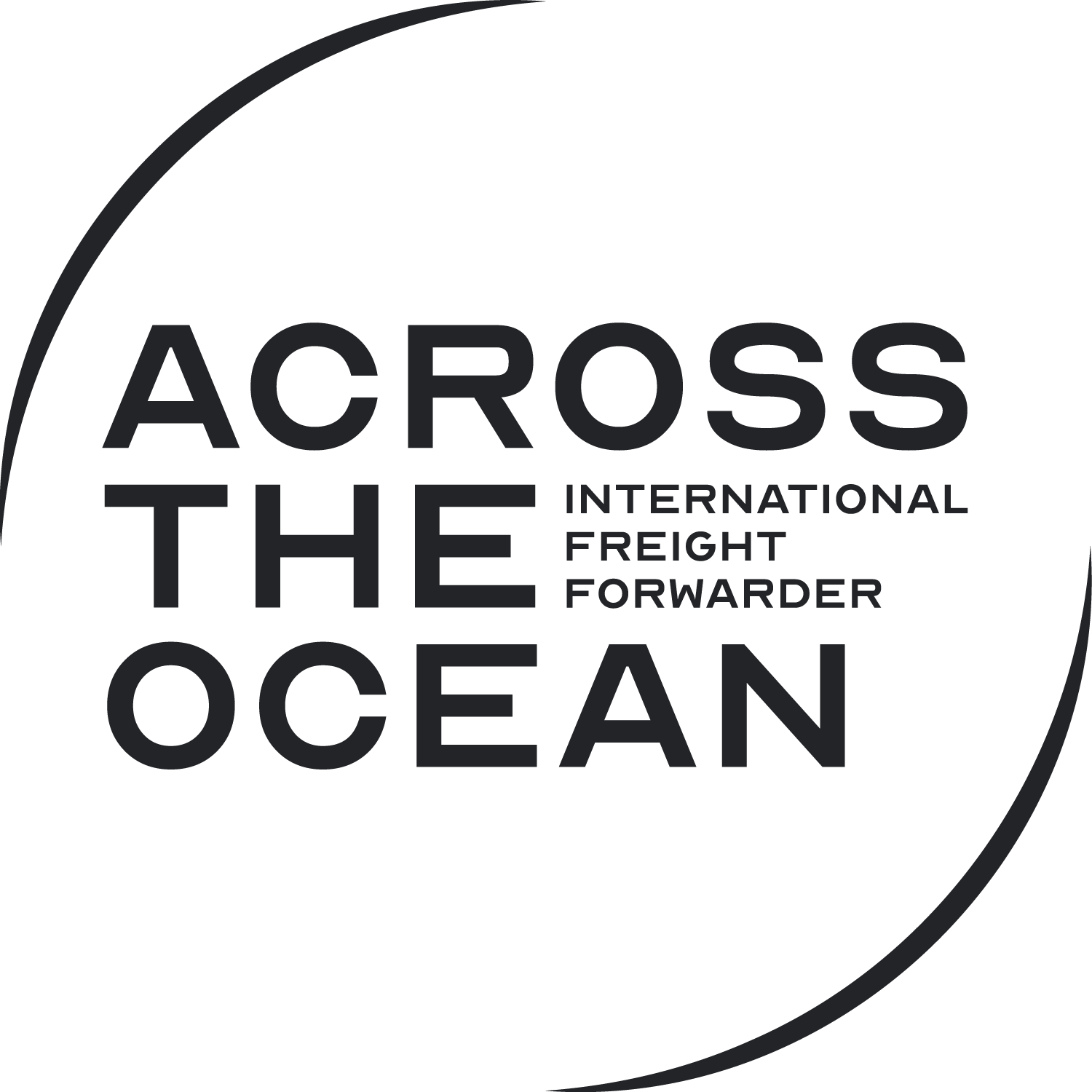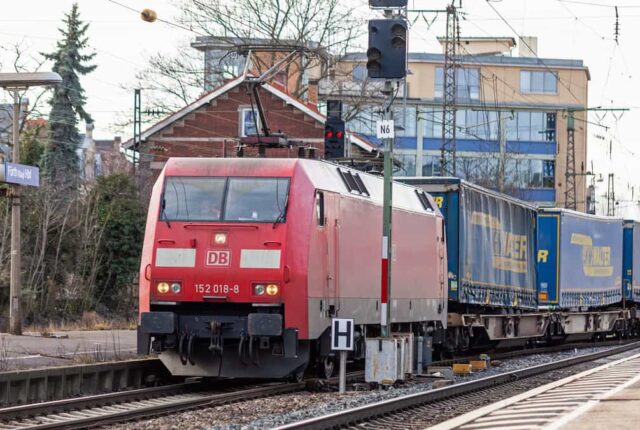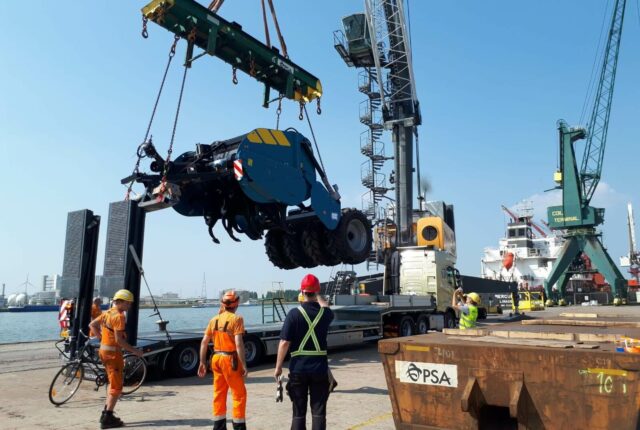
Possible Shift in Rules of Origin for Transshipped Goods
Since the introduction of the Trump-era tariffs earlier this year, concerns have been mounting over transshipping—the practice of disguising the true origin of goods to avoid higher, country-specific tariffs.
Recent reciprocal trade orders now include provisions addressing illegal transshipping. However, the administration has yet to provide a clear, official definition of what constitutes the practice. For now, the legal benchmark for determining a product’s origin—when it is not wholly obtained in one country (outside of certain FTAs like USMCA)—remains substantial transformation, meaning the manufacturing process must change a product’s essential character.
In the U.S., goods may still be labeled “Made in USA” even if certain components come from abroad. Yet, in a recent interview (link below), Howard Lutnick, the U.S. Secretary of Commerce, mentioned an informal “30% origin rule”—suggesting that if 30% of a product’s value comes from a particular country, that portion should be subject to that country’s tariff. While not official policy, this idea could hint at future value content requirements in country-specific trade agreements.
Action steps for importers:
- Begin collecting detailed value content data from your suppliers.
- Map your supply chain down to the 3rd, 4th, 5th tiers, and beyond for complex products.
Trade experts have been warning U.S. importers for years about the need for supply chain tracing to guard against forced labor. Even if forced labor is not a concern for your operations, tracing input origins is increasingly critical. Policy shifts could happen quickly—and preparation should begin now.
A possible shift in rules of origin for transshipped goods could reshape sea freight practices and compliance requirements. Such changes may alter trade flows, increase documentation complexity, and add new challenges for supply chains dependent on transshipment hubs.






